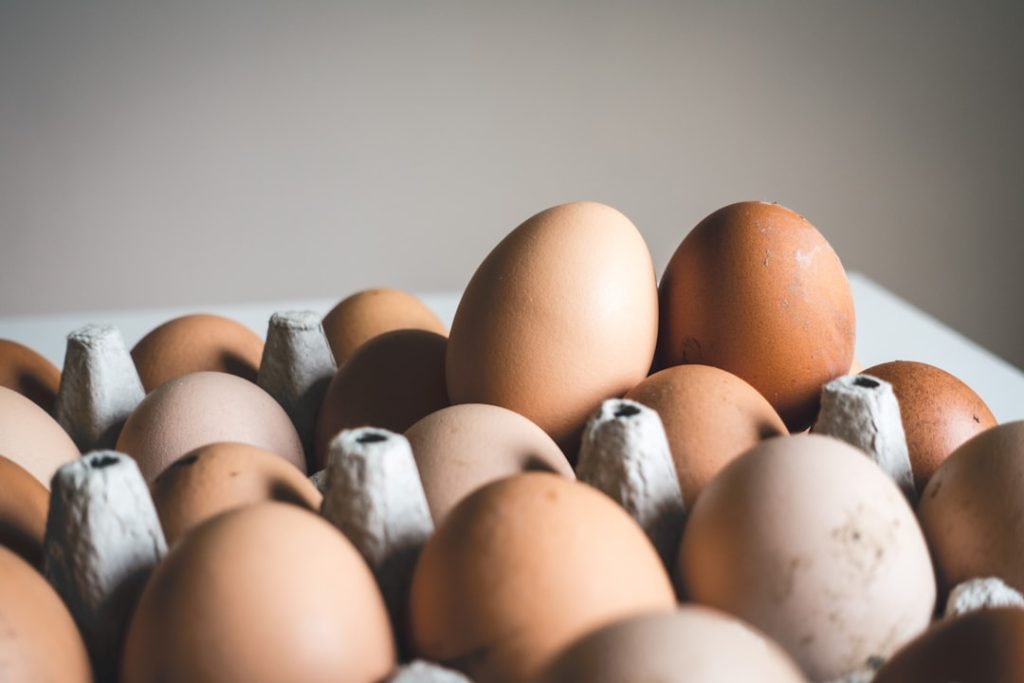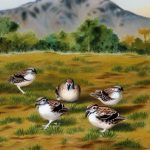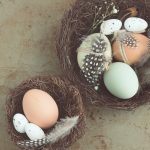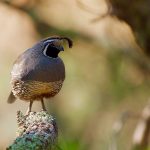The breeding season is a crucial time for many bird species as it is the time when they engage in courtship, mating, and nesting activities. This period is typically influenced by environmental factors such as temperature, food availability, and daylight hours. For many species, the breeding season occurs during the spring and summer months when the weather is warmer and food sources are more abundant. During this time, birds undergo physiological changes that prepare them for reproduction, such as an increase in hormone levels and the development of reproductive organs.
The breeding season is also a time when birds establish territories and compete for mates. Males often engage in elaborate displays and vocalizations to attract females and defend their territory from rival males. Once a mate is chosen, the pair will work together to build a nest and raise their young. Understanding the breeding season is important for conservation efforts as it allows researchers to monitor population trends and identify potential threats to breeding success. By studying the breeding behaviors of different bird species, conservationists can develop strategies to protect critical habitats and mitigate human impacts on breeding populations.
The breeding season is a critical time in the life cycle of birds, and understanding the factors that influence breeding success is essential for their conservation. By studying the breeding behaviors of different bird species, researchers can gain valuable insights into their reproductive biology and develop effective conservation strategies to protect breeding populations.
Table of Contents
- 1 Nesting behavior and habitat
- 2 Courtship and mating rituals
- 3 Egg laying and incubation
- 4 Parental care and chick rearing
- 5 Environmental factors affecting breeding success
- 6 Conservation efforts during breeding season
- 7 FAQs
- 7.1 What is the breeding season for bobwhite quail?
- 7.2 How do bobwhite quail attract mates during breeding season?
- 7.3 How many eggs do bobwhite quail typically lay during breeding season?
- 7.4 Where do bobwhite quail build their nests during breeding season?
- 7.5 How long does the breeding season for bobwhite quail last?
Key Takeaways
- Breeding season is the time of year when animals mate and produce offspring, typically influenced by factors such as temperature, food availability, and daylight length.
- Nesting behavior and habitat are crucial for providing a safe and suitable environment for breeding, with different species preferring specific types of nesting sites and materials.
- Courtship and mating rituals are elaborate behaviors displayed by animals to attract a mate and establish a breeding pair, often involving displays of strength, agility, or colorful plumage.
- Egg laying and incubation are important stages in the breeding process, with females laying eggs and either parent or both parents taking turns to keep the eggs warm until they hatch.
- Parental care and chick rearing involve feeding, protecting, and teaching offspring survival skills, with both parents often sharing responsibilities in raising their young.
Nesting behavior and habitat
Nesting behavior and habitat selection are crucial aspects of the breeding season for birds. During this time, birds will seek out suitable nesting sites that provide protection from predators and the elements. The type of nesting habitat can vary greatly depending on the species, with some birds building nests in trees, while others may nest on the ground or in burrows. Nest construction is often a joint effort between males and females, with both partners contributing to the building process.
The choice of nesting site can have a significant impact on breeding success, as it can affect the survival of eggs and chicks. Birds will often select nesting sites that provide good visibility and easy access to food sources, while also offering protection from predators. Human activities such as deforestation, urbanization, and agriculture can have a detrimental impact on nesting habitat, leading to declines in breeding populations. Conservation efforts during the breeding season often focus on protecting critical nesting habitats and creating artificial nesting sites to support declining bird populations.
Understanding nesting behavior and habitat selection is essential for developing effective conservation strategies to protect breeding bird populations. By identifying key nesting habitats and implementing measures to protect them, conservationists can help ensure the survival of vulnerable bird species during the breeding season.
Courtship and mating rituals
Courtship and mating rituals are an integral part of the breeding season for many bird species. During this time, males will engage in elaborate displays and vocalizations to attract females and establish their dominance. These displays can vary greatly between species, with some birds performing intricate aerial displays, while others may engage in complex vocalizations or physical movements.
Mating rituals often involve a series of behaviors that serve to strengthen the bond between mates and ensure successful reproduction. Once a mate has been chosen, the pair will engage in preening, feeding, and other bonding behaviors to reinforce their partnership. Courtship and mating rituals are not only important for reproductive success but also play a crucial role in maintaining social bonds within bird populations.
Understanding courtship and mating rituals is essential for conservation efforts during the breeding season. By studying these behaviors, researchers can gain valuable insights into the reproductive biology of different bird species and develop strategies to protect critical mating habitats. Conservation efforts may focus on preserving key mating sites, reducing human disturbances during courtship activities, and mitigating threats to breeding populations.
Egg laying and incubation
Egg laying and incubation are key stages in the breeding season for birds, marking the beginning of the reproductive process. Once a suitable nesting site has been chosen, females will lay a clutch of eggs that will be incubated by one or both parents. The number of eggs laid can vary greatly between species, with some birds laying just a single egg, while others may lay several eggs over a period of days or weeks.
Incubation is a critical stage in the breeding process as it determines the survival of the developing embryos. During this time, parents will take turns incubating the eggs, keeping them warm and protected from predators. Incubation periods can also vary between species, with some eggs hatching in just a few days, while others may take several weeks to hatch.
Understanding egg laying and incubation is important for conservation efforts during the breeding season as it allows researchers to monitor population trends and identify potential threats to reproductive success. By studying these stages of the breeding process, conservationists can develop strategies to protect critical nesting habitats and mitigate human impacts on breeding populations.
Parental care and chick rearing
Parental care and chick rearing are crucial aspects of the breeding season for birds, as they play a vital role in ensuring the survival of offspring. Once eggs have hatched, parents will work together to feed, protect, and raise their young until they are able to fend for themselves. This period often involves intense parental care, with both parents taking on specific roles such as feeding, brooding, and defending the nest.
Parental care can vary greatly between species, with some birds providing extensive care for their young, while others may have more limited involvement in chick rearing. The duration of parental care can also vary depending on the species, with some chicks becoming independent within a few weeks of hatching, while others may rely on parental support for several months.
Understanding parental care and chick rearing is essential for conservation efforts during the breeding season as it allows researchers to monitor population trends and identify potential threats to reproductive success. By studying these behaviors, conservationists can develop strategies to protect critical nesting habitats and mitigate human impacts on breeding populations.
Environmental factors affecting breeding success
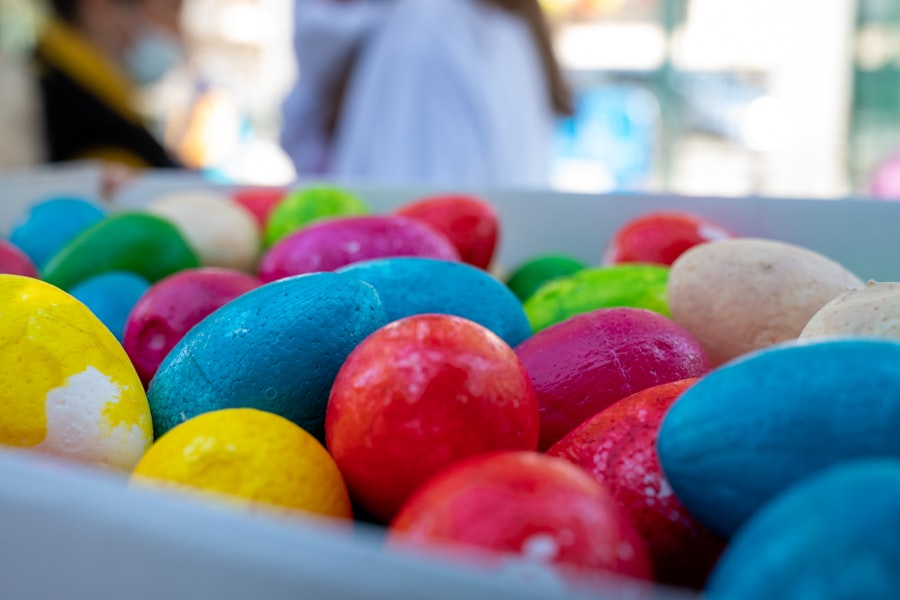
Environmental factors play a crucial role in determining breeding success for birds during the breeding season. Factors such as temperature, precipitation, food availability, and habitat quality can all influence reproductive outcomes for bird populations. Changes in environmental conditions due to climate change, habitat loss, and human disturbances can have a significant impact on breeding success, leading to declines in population numbers.
Temperature can affect egg development and chick survival, with extreme heat or cold posing significant risks to reproductive success. Precipitation patterns can also influence food availability for nesting birds, affecting their ability to feed themselves and their young. Habitat quality is another important factor that can impact breeding success, with changes in nesting habitat leading to declines in reproductive outcomes.
Understanding environmental factors affecting breeding success is essential for conservation efforts during the breeding season. By monitoring these factors, researchers can identify potential threats to breeding populations and develop strategies to mitigate their impact. Conservation efforts may focus on protecting critical nesting habitats, restoring degraded habitats, and reducing human disturbances during the breeding season.
Conservation efforts during breeding season
Conservation efforts during the breeding season are crucial for protecting vulnerable bird populations and ensuring their long-term survival. These efforts often focus on protecting critical nesting habitats, reducing human disturbances, and mitigating threats to reproductive success. Creating protected areas for nesting birds, implementing habitat restoration projects, and raising awareness about the importance of breeding season conservation are all important strategies for protecting vulnerable bird populations.
Conservationists also work to address specific threats to breeding populations such as habitat loss, climate change, pollution, and human disturbances. By identifying key threats to reproductive success, conservationists can develop targeted strategies to mitigate their impact and protect vulnerable bird species during the breeding season.
In addition to on-the-ground conservation efforts, research plays a crucial role in informing breeding season conservation strategies. By studying the reproductive biology of different bird species and monitoring population trends, researchers can gain valuable insights into the factors that influence breeding success. This knowledge is essential for developing effective conservation strategies that protect critical nesting habitats and support vulnerable bird populations during the breeding season.
In conclusion, the breeding season is a critical time in the life cycle of birds, marking the beginning of the reproductive process that ensures the survival of future generations. Understanding the factors that influence breeding success such as nesting behavior, courtship rituals, egg laying, parental care, environmental factors, and conservation efforts is essential for protecting vulnerable bird populations during this crucial time. By studying these aspects of the breeding season and developing targeted conservation strategies, we can help ensure the long-term survival of bird species for generations to come.
If you’re interested in learning more about creating a suitable environment for breeding bobwhite quail during the breeding season, you might also find this article on garden chicken coops helpful. Providing a safe and comfortable space for your quail to breed is essential, and this article offers valuable insights into creating an ideal habitat for poultry.
FAQs
What is the breeding season for bobwhite quail?
The breeding season for bobwhite quail typically occurs from late spring to early summer, with peak breeding activity usually occurring in May and June.
How do bobwhite quail attract mates during breeding season?
Male bobwhite quail attract mates during breeding season by calling out with their distinctive “bob-white” whistle, as well as performing courtship displays such as puffing out their feathers and strutting.
How many eggs do bobwhite quail typically lay during breeding season?
Female bobwhite quail typically lay around 12-16 eggs in a clutch during the breeding season, with the eggs being incubated for about 23-24 days before hatching.
Where do bobwhite quail build their nests during breeding season?
Bobwhite quail typically build their nests on the ground, often in grassy or shrubby areas with good cover to protect the eggs and chicks from predators.
How long does the breeding season for bobwhite quail last?
The breeding season for bobwhite quail usually lasts for several weeks, with mating and nesting activities occurring during this time before the eggs are laid and incubated.
Meet Walter, the feathered-friend fanatic of Florida! Nestled in the sunshine state, Walter struts through life with his feathered companions, clucking his way to happiness. With a coop that’s fancier than a five-star hotel, he’s the Don Juan of the chicken world. When he’s not teaching his hens to do the cha-cha, you’ll find him in a heated debate with his prized rooster, Sir Clucks-a-Lot. Walter’s poultry passion is no yolk; he’s the sunny-side-up guy you never knew you needed in your flock of friends!

